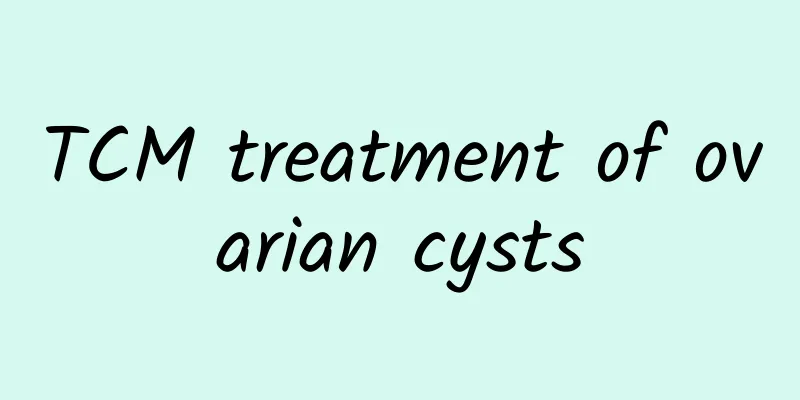Hysteroscopy can help clarify the cause of amenorrhea

|
Most cases can be diagnosed based on typical medical history and uterine cavity examination. Hysteroscopy can show connective tissue floating like floccules in the filled uterine distension fluid, or connective tissue hardening the uterine cavity, pale in color, and scattered between normal endometrium. In severe cases, adhesion tissue forms bands of varying thickness. (1) Endometrial adhesions: The appearance is similar to the surrounding endometrium. The adhesion tissue is white, highly reflective, brittle, soft, easy to separate, and usually without bleeding. (2) Muscular adhesion band: The surface is covered with a thin layer of endometrium or glandular openings. A little force is required to separate them, and the broken ends are rough and red. (3) Connective tissue adhesion band: The surface is grayish white and shiny. The surface is not covered with endometrium, the broken ends are rough and pale, there is no severe bleeding in the cervical os or uterine cavity adhesion, and iodized oil hysterography and hysteroscopy are prone to failure. |
<<: Foot massage for health care and treatment of amenorrhea
>>: Dietary principles for regulating amenorrhea
Recommend
What is mild cervical erosion? Pay attention to 3 nursing measures for cervical erosion
Mild cervical erosion is a normal physiological s...
It is normal to delay your period for a few days
How many days is it normal to delay menstruation?...
What are the symptoms of uterine fibroids? What are the dangers of uterine fibroids?
Uterine fibroids are one of the common diseases i...
Experts explain physical therapy for mild cervical erosion
Physical therapy is currently a widely used metho...
What are the dangers of an ovarian cyst of 2.3 cm?
Although ovarian cysts grow on the ovaries, they ...
The most important preventive measures for dysmenorrhea in life
Dysmenorrhea is common in life. Doing a good job ...
Staying up late can cause abnormal leucorrhea
Staying up late may lead to abnormal vaginal disc...
How to treat gonococcal vaginitis? Choose general treatment
Gonococcal vaginitis can be treated with general ...
Briefly explain the knowledge of bacterial vaginosis
In real life, more and more female friends suffer...
What are the medicines for early menstruation?
What are the medicines for early menstruation? As...
What are the symptoms of cervical warts
What are the symptoms of cervical warts? Speaking...
What should you pay attention to when bleeding after abortion?
Artificial abortion, as a method of terminating p...
How to treat ovulation bleeding
How to treat ovulation bleeding? Ovulation bleedi...
What Chinese medicine is used for sitz bath for Bartholin's gland cyst
For Bartholin's gland cyst, you can use Chine...
What are the side effects of Xiaojie'an Capsules? Will Xiaojie'an Capsules aggravate the symptoms of uterine fibroids?
Do patients who use drugs such as Xiaojie'an ...









